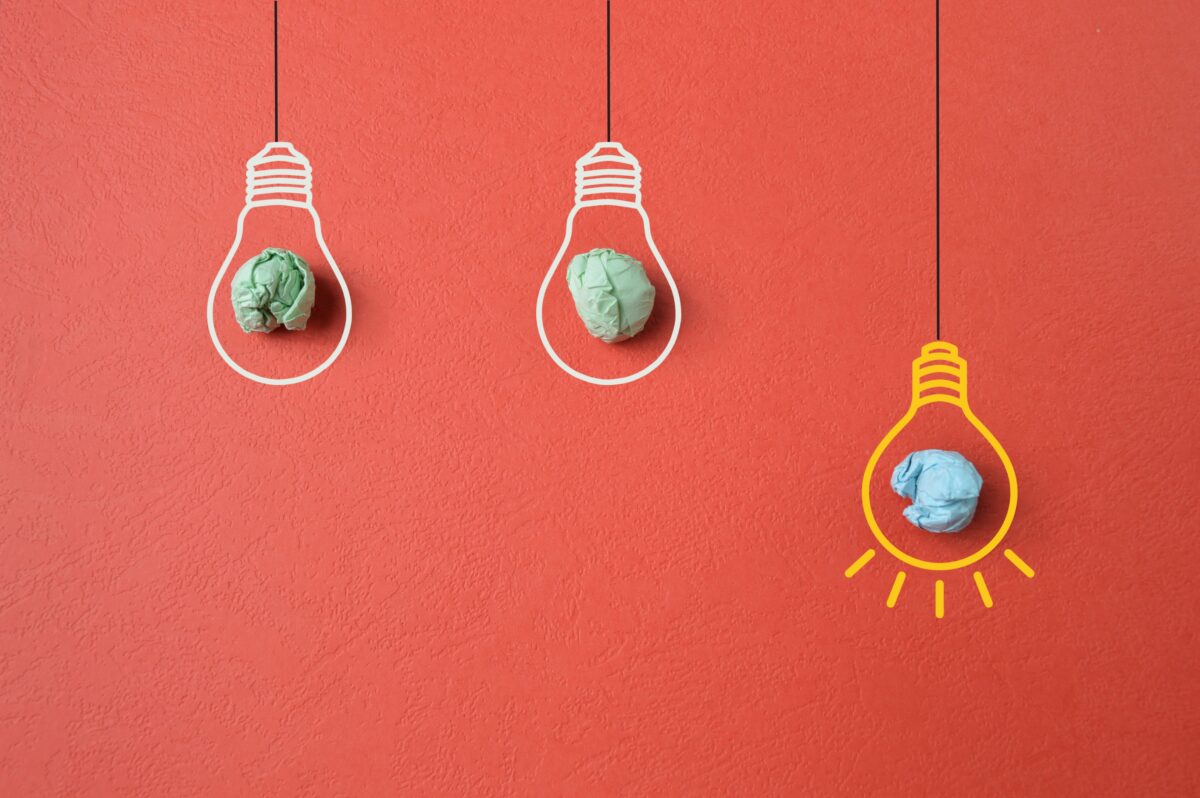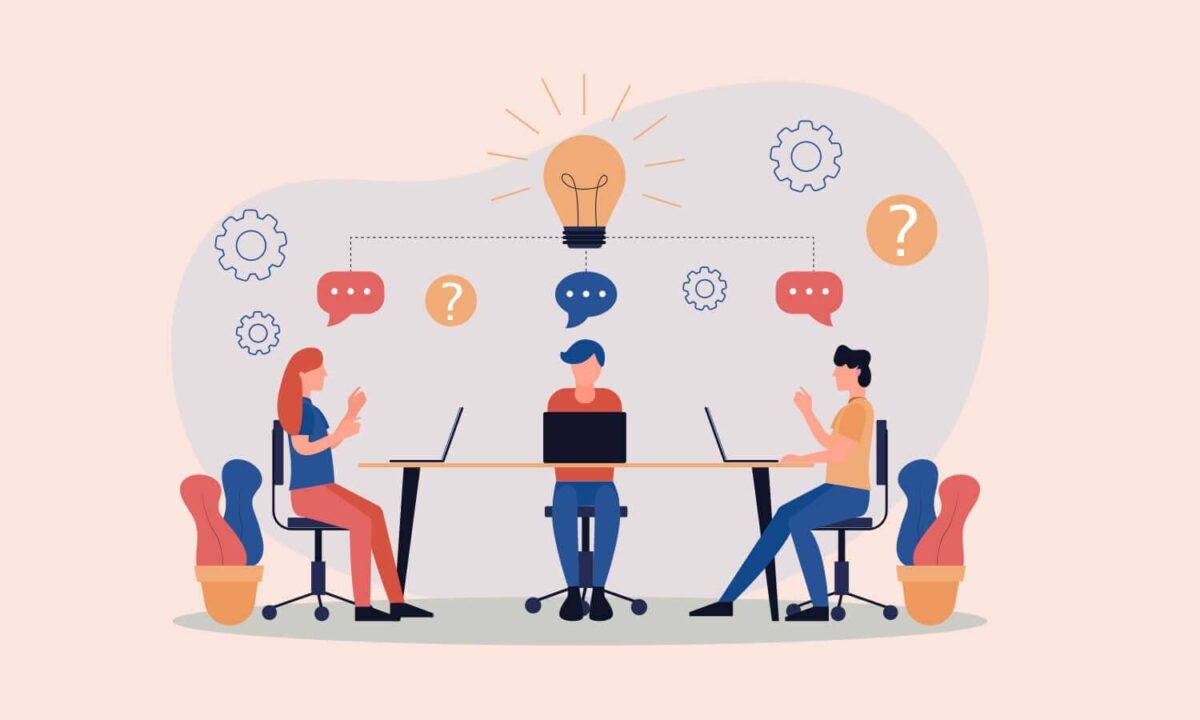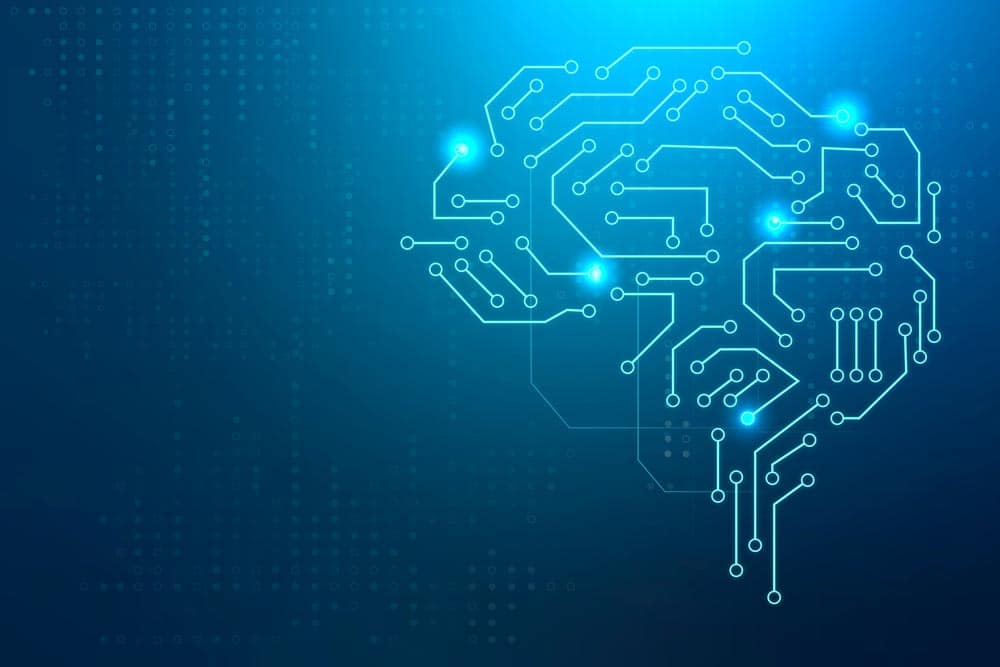Individuals value IKEA furniture they assemble themselves 63% more than identical pre-assembled items, according to research by Harvard Business School. The craftsmanship isn’t better. The connection is. Building something with your own hands creates ownership, and ownership creates bias.
This dynamic is common in organizations daily. For example, a product manager might dedicate six weeks to developing a customer feedback system, only for another team to unknowingly create an identical tool from scratch three months later. The second team often doesn’t adopt the first, not due to any flaws, but simply because it wasn’t their own creation.
This phenomenon, known as the IKEA Effect, shows up as “assembly bias” in corporate settings. We systematically overvalue what we create ourselves and undervalue solutions that come from elsewhere in the company. The result is duplicated projects, wasted effort, and innovative ideas trapped in silos instead of scaled across teams.
The solution isn’t to force more collaboration meetings or add approval gates. It’s to make discovery effortless. When infrastructure and internal systems, increasingly powered by AI, make it easier to find what already exists than to start over, behavior naturally changes. The path of least resistance shifts from reinvention to reuse.
In the end, the organizations that win are the ones that design for visibility, not just creativity. Because when teams can see and build upon what’s already been done, they don’t just assemble faster. They innovate together.
Most Recent Posts
Explore the latest innovation insights and trends with our recent blog posts.












